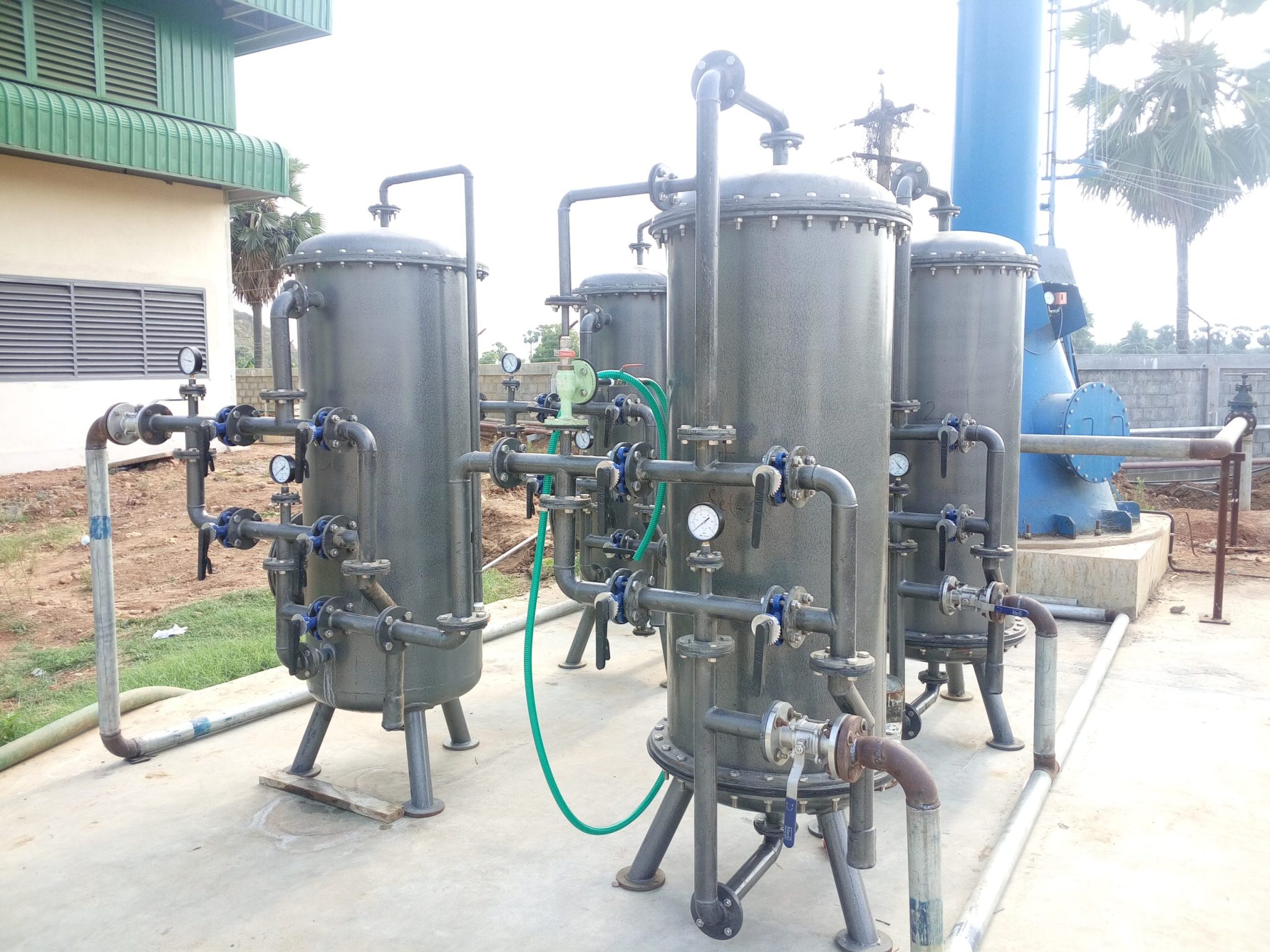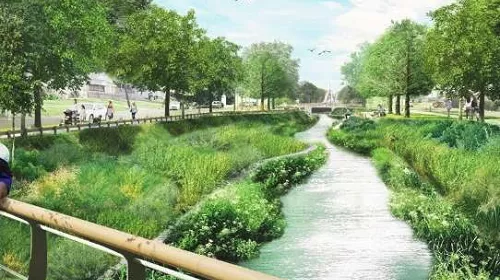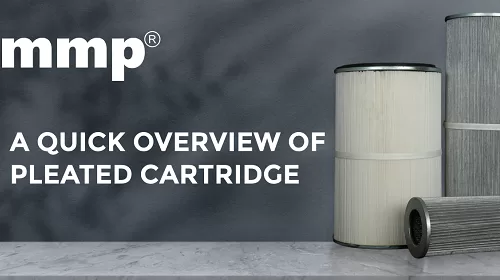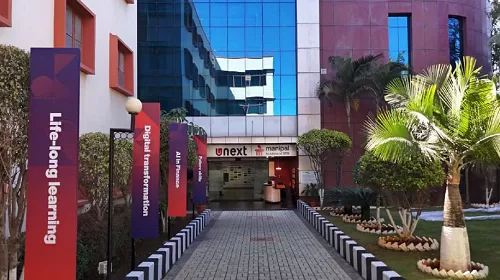By Mohammed Naser Azeez, Managing Director, Aquality Water Solutions Pvt. Ltd.
Water is essential for life. It is the most abundant compound found in all living organisms and the basis of existence of the planet. Yet, around80% of the world’s untreated wastewater is discarded into the water bodies, rivers, lakes, ponds, and oceans creating drinking water pollution that ultimately becomes harmful to public health. The researchers are surprised that in decades, what they could not imagine, the new contaminants are now increasingly found in water that were previously unidentified, from micro-plastics and Nano-plastics to pharmaceuticals in water as wells the recent SARS-CoV-2 virus due to contamination from the untreated wastewater.
In India, over 600 million people face acute water shortages, and the demand for domestic water is continuously rising due to increased awareness about hygiene with pandemic. Estimated almost 200,000 people lose their lives in a year in India due to lack of access to safe water. More than 12% percent of the country’s population (or approximately 168 million) are already living the“ Day Zero’’ scenario, a day with no access to clean water within or near their homes. The COVID-19 pandemic has aggravated the water crisis by increasing the demand for domestic water by 20-25 percent, as hygiene awareness has grown and households are practicing cleaning and handwashing more regularly.
Wastewater to Resource
The use of treated wastewater is among the strategies that can be employed toaddress the water stress. This also make economic sense for using treated water to plugthe increasing demand-supply gap by following the examples from successful global models in order to cover India’s USD 257 billion gap in water infrastructure funding through leveraging on public private partnerships (PPPs) in wastewater recycling and reuseprojects.
There is an ardent need of specific policy reforms, including the introduction of central schemes to incentivize sewage treatment plants and common effluent treatment plants on PPPbasis with modern treatment and technological solutions.
As water reuse becomes a critical part of water security, water utilities and municipal bodies in India are under constant pressure to incorporate cost-effective methods in their daily operations. The major hurdle in wastewater reuse plan is the mindset and infrastructure resources required for the purpose. The treatment solution for making wastewater treated for reuse, the traditional processing method, mainly membrane bioreactor technology (MBR) is complex and expensive to operate. A newer solution that combines two simple yet extremely powerful technologies now offers utilities a low-cost and reliable alternative for indirect potable reuse.
Technology for Reuse Solution
With the innovative technology changing lives everywhere, the treatment methods for wastewater has also undergone sea changes. The modern solution combines the granular sludge technology with tertiary filtration using pile cloth media to produce reuse-quality effluent with significant cost savings and operational benefits.
Aerobic granular sludge is simply a batch process that harnesses the unique properties of the microbial community found in all wastewater systems by creating optimum conditions for dense aerobic granules to form. Each of these granules contains an aerobic, anoxic, and anaerobic zone. Basically, each granule is a miniature biological nutrient removal wastewater plant, so there is no need for multiple tanks or zones to carry out each process step.
Aerobic granular sludge technology allows wastewater treatment plant to achieve enhanced biological nutrient removal in a compact environment with simple operational procedures. Based on the unique characteristics of granular biomass, including settling rates over 15x greater than conventional activated sludge, the solution uses an optimized batch cycle structure that combines biological treatment and clarification in a single reactor. There are three main phases of the cycle to meet advanced wastewater treatment objectives (Fill/Draw, React, and Settling). The duration of the phases is based upon the specific waste characteristics, the flow rate, and the effluent objectives.
Pile cloth media filtration technology has been around for decades, used mainly for tertiary wastewater treatment, a final stage of the treatment process to filter effluent before it leaves the plant. However, the technology is now poised to provide extensive benefits as an advanced primary treatment technology. It stacks up well against other methods, which include chemically enhanced solutions that present additional operating costs and ultrafine screens that remove fewer solids. As a replacement for primary clarifiers, or with placement ahead of an extended aeration plant or sequencing batch reactors (SBRs), the robust pile cloth media technology can significantly reduce the treatment footprint while driving energy savings and boosting energy production.
With the pile cloth media filter, treatment is accomplished through the use of cloth filtration media, capable of reducing total phosphorus to less than 0.1 mg/l and less than 5 mg/l of BOD and TSS. Benefits include vertically oriented cloth media disks, which reduce the required footprint, and lightweight, removable segments for ease of maintenance.
The most significant benefit of this combined solution is its low operating cost compared to MBR technology. Energy consumption is roughly 10 percent of what is consumed with an MBR, due to the elimination of all aeration energy required for membrane air scour and other unit processes, including mechanical mixing and mixed liquor recirculation. The MBR membranes are typically replaced almost every three years, while expensive chemicals are used in the interim in order to maintain low trans-membrane pressures and prevent excessive pumping costs.
Daily operations are also much simpler because there are no moving parts within the reactor. By comparison, maintaining an MBR is complex and operator-intensive because the membranes require much more frequent monitoring and cleaning.
While initial capital costs for an MBR and aerobic systems’ alternative solution may be similar, the additional up-front expense for an MBR if the utility is required to meet more aggressive biological nutrient removal targets may be increased considerably. In that case, selector zones (anoxic, aerobic, and/or anaerobic) must be built in addition to the membrane basins.
The number of membranes in an MBR must accommodate expected peak flows. For a plant with a 4-to-1 peaking factor, four times as many membranes need to be in place as you would need to treat average flow. With advance aerobic technology, given the flexibility of the cycle structure where cycles can be shortened to treat higher flows, this is accomplished without significantly increasing the size of the reactors. In the same plant with a 4-to-1 peaking factor, for instance, the aerobic granular sludge reactors may only require a much more modest increase in size.
Future Oriented Actions
Conventional activated sludge treatment for wastewater is becoming a challengingprocess over the years with changing environmental norms. The process not only require significant amounts of energy, which drives up operating expenses, but municipalities and water utilities are under pressure to follow green practices.With energy cost mounting and safe disposal becoming a challenge, there a greater push for focused approach with energy efficiency. The aerobic granular sludge technology can help overcome these issues as well as other emerging constraints.
In India, a large number of water and wastewater treatment systems are grappling with aging infrastructure that needs an upgrade to accommodate the growing volume of wastewater and expanding customer base.The benefits of cutting energy costs, improved sustainability, and the ability to treat more within a smaller footprint requires urgent attention from the authorities. Implementing sustainable treatment solution is also suitable for adoption of green technology that will meet the quality requirement of treated for reuse purposes.
At Aquality Water Solutions Pvt. Ltd., we believe that innovation holds the key to growth and sustainability of any business and nation’s economy. With fresh water becoming a scarce resource and water stress is threatening lives across the globe; the most pungent solution will be to reuse as much wastewater as possible starting from non-potable purposes initially. As a responsible water treatment solution provider, it is our integrated approach to common goals that sets us apart. Cooperation over competition, sustainability over profitability, livelihood over employment, solutions over sales, value creation over marketing are some of our priorities in the long term and same holds true for water industry as well. As an entrepreneurial firm in an era of extreme competitiveness we move ahead by creating value rather than pursuing business. This strategic choice is reflected in our approach at every step.
In the current socio economic scenario where water scarcity and contamination along environment degradation has become the biggest concern, focused efforts are required locally to achieve the benefits at a greater scale. Multiple approaches are needed — increase use of treated water for irrigation, improved access of reclaimed water to industries, increased groundwater recharge, adoption of water conservation strategies and making wastewater treatment plants functional to treat the maximum generated while increase the reuse for all no-potable purposes and switching to crops that are less water intensive.





